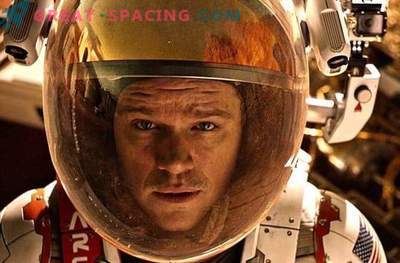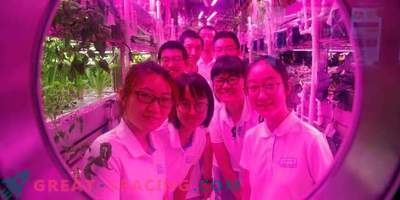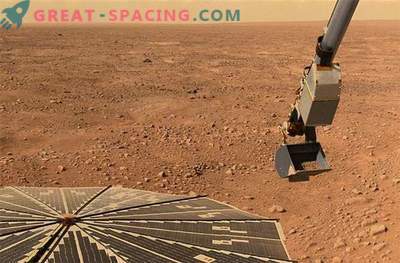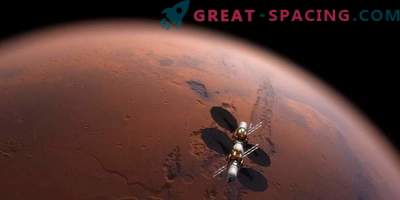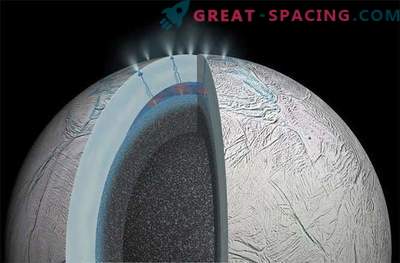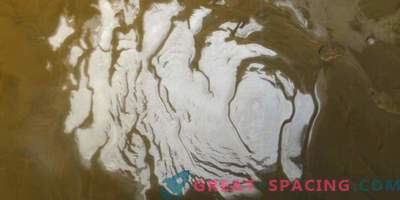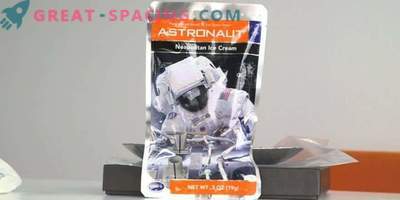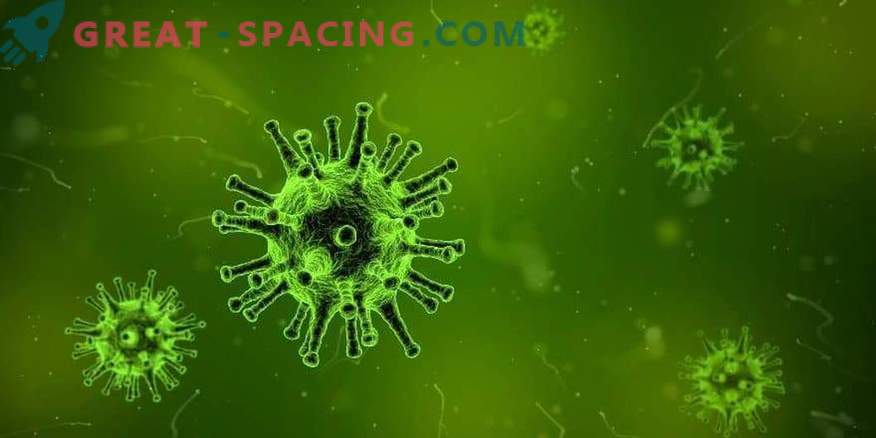
Human waste may someday be a valuable resource for astronauts on long-haul flights. A new study shows that a number of microbial reactors can quickly destroy solid and liquid wastes to grow food, minimizing the growth of pathogens.
Scientists are studying the many problems that members of the spacecraft will face during long-distance flights (Mars and beyond). To load a sufficient number of products will have to spend a lot of resources and increase the capacity of the aircraft. But growing food in transit using hydroponic and other methods will become an energy-intensive and water-intensive process.
To test the idea, researchers used artificial solid and liquid wastes, which are commonly used in waste management tests. They formed a closed cylindrical system with a diameter of 4 feet by 4 inches, where the microbes were in contact with the waste. The process of destruction was carried out through anaerobic digestion.
This process is used on Earth, as it is considered an effective way to get the mass of the processed product. The novelty lies in the fact that scientists were able to remove nutrients from the stream and deliberately placed them in a microbial reactor for growing food.
It turned out that anaerobic digestion of human waste easily forms methane, which can be used for the microbe Methylococcus capsulatus. Analysis shows that this microbial growth is suitable for food production on long-haul flights. For example, researchers managed to grow Methylococcus capsulatus, in which 52% is protein, and 36% is fat. Pathogens activate microbial growth in a wet and confined space, so scientists have learned how to grow microbes in an alkaline environment with high heat. They raised the pH of the system to 11 and discovered the heyday of the Halomonas desiderata (15% protein, 7% fat). When heated to 158 degrees Fahrenheit, it turned out to grow edible Thermus aquaticus (61% protein, 16% fat).
A new compact design took the idea from the aquariums production sector using a fixed-film filter to treat fish waste. These filters are bacteria-coated film material with a high surface area. The researchers used these materials, but adapted them to produce methane.
For 13 hours of testing, the team removed 49% -59% solids. This is much faster than existing processing technology, which takes several days to process. The system is not yet ready for use, because the study studied the work of components in isolation.
Today, the ISS astronauts extract some of the water from the urine, but the process is energy-intensive. Even harder to deal with solid waste. They prefer to be dumped into the earth's atmosphere, where they burn.
